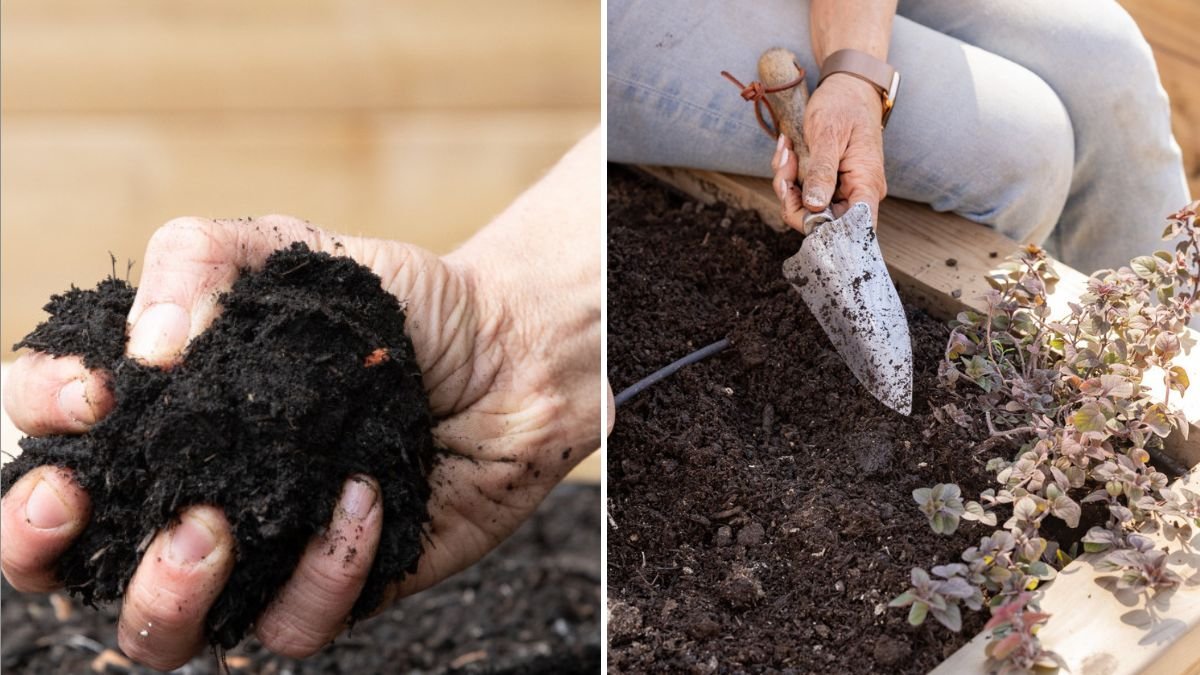Healthy soil is the foundation of a thriving garden. Without it, plants struggle to grow, yields are disappointing, and landscapes require more effort to maintain. While soil might look like a lifeless mix of dirt and rocks, it’s actually a living ecosystem filled with microbes, organic matter, and minerals that sustain plant life.
Unfortunately, many gardeners overlook soil health until problems arise. The good news? Once you recognize the signs of poor soil, you can take practical steps to bring it back to life. Here are 10 signs your soil may be unhealthy—and how to fix it.
1. Plants Grow Slowly or Unevenly
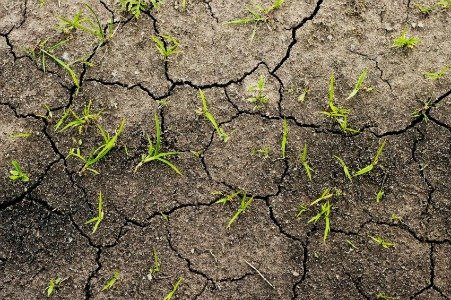
If your plants seem stunted or one area of the garden consistently underperforms, it could be a sign of nutrient-poor soil.
- Why it happens: Over time, intensive gardening, chemical fertilizers, and erosion strip soil of essential nutrients like nitrogen, phosphorus, and potassium.
- How to fix it: Get a soil test to determine nutrient levels. Add organic matter (compost, aged manure, worm castings) to restore balance. Use slow-release, natural fertilizers instead of quick synthetic fixes.
2. Yellowing Leaves (Chlorosis)
Yellow leaves—especially when the veins remain green—signal nutrient deficiencies or poor drainage.
- Why it happens: Lack of nitrogen, iron, or magnesium, or compacted soil that prevents roots from accessing nutrients.
- How to fix it: Apply organic fertilizers tailored to the deficiency (like blood meal for nitrogen or Epsom salt for magnesium). Improve drainage by loosening compacted soil and adding compost.
3. Soil Is Hard, Crusty, or Difficult to Dig
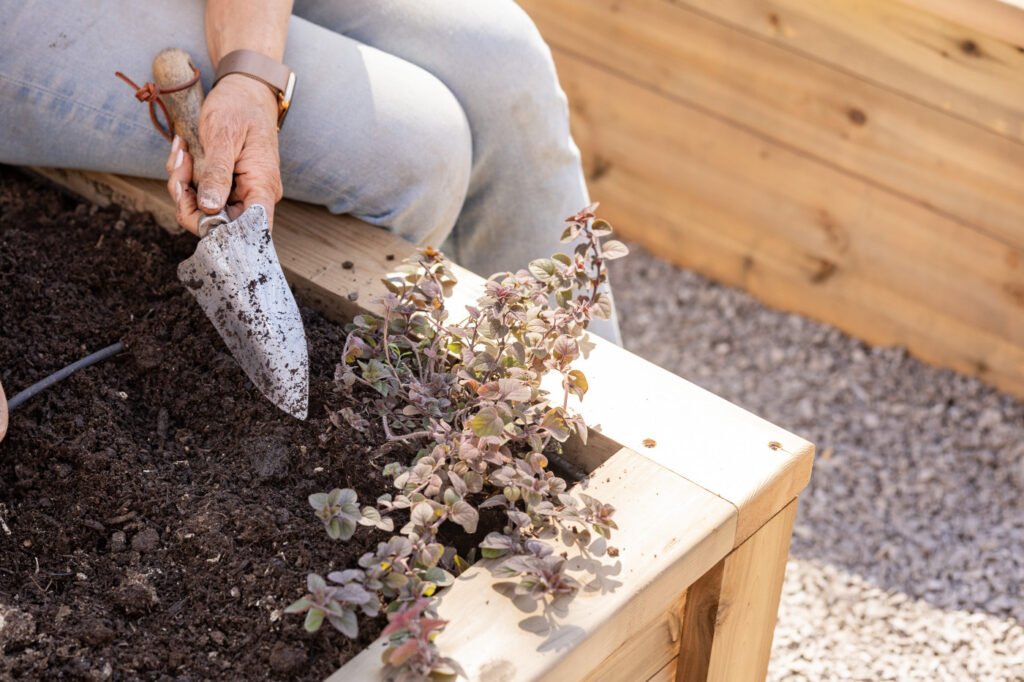
Healthy soil should crumble easily in your hands. If it’s rock-hard when dry or sticky when wet, your plants’ roots will struggle to grow.
- Why it happens: Compaction from heavy machinery, foot traffic, or clay-heavy soils.
- How to fix it: Avoid walking on garden beds. Use raised beds to reduce compaction. Work in compost, leaf mold, or coarse sand to improve structure. Mulching prevents the surface from baking into a crust.
4. Poor Water Absorption or Drainage
If water puddles on the surface or drains away too quickly, your soil is out of balance.
- Why it happens: Sandy soils drain too fast, while clay soils hold too much water. Both extremes stress plants.
- How to fix it: Amend sandy soil with organic matter to retain water. For clay, add compost and gypsum to improve drainage. Raised beds or French drains can also help.
5. Frequent Weed Invasions
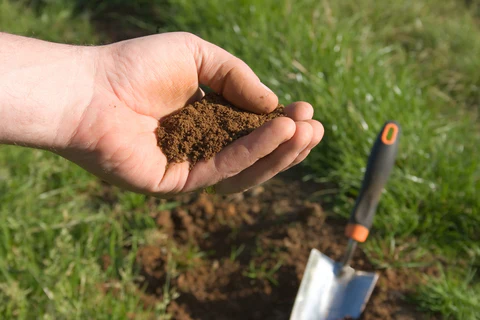
Some weeds thrive in compacted or nutrient-depleted soil, making them a sign of imbalance.
- Why it happens: Plants like dandelions, crabgrass, and plantain often indicate poor soil conditions.
- How to fix it: Hand-pull weeds before they spread. Apply mulch to suppress growth. Focus on restoring soil health with organic matter so weeds don’t outcompete your plants.
6. Soil Lacks Earthworms and Insects
Earthworms, beetles, and other soil dwellers are natural indicators of a healthy ecosystem. If your soil seems lifeless, it’s likely unhealthy.
- Why it happens: Excessive pesticide use, over-tilling, and lack of organic material drive beneficial organisms away.
- How to fix it: Reduce chemical use, feed the soil with compost, and let organic mulch decompose naturally. Over time, beneficial organisms will return.
7. Soil Smells Off (or Has No Smell at All)
Healthy soil has a rich, earthy scent thanks to microbial activity. If it smells sour, rotten, or has no smell, that’s a red flag.
- Why it happens: Anaerobic conditions (waterlogged soil) cause a sour odor. Sterile, depleted soil may lack the microbes that give it life.
- How to fix it: Improve drainage in soggy areas. Add compost and organic amendments to reintroduce beneficial microbes. Avoid overwatering.
8. Erosion and Dusty Surfaces
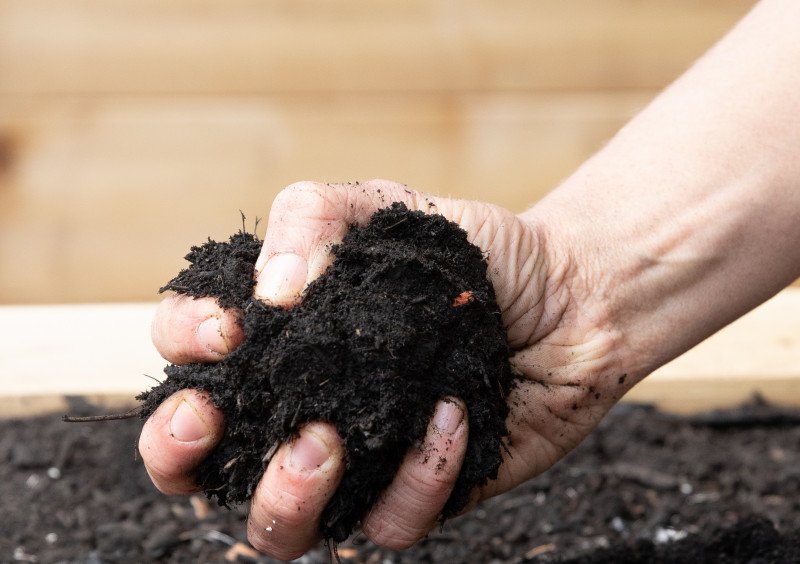
If wind easily blows your topsoil away or rain washes it downhill, your soil lacks stability and organic matter.
- Why it happens: Bare soil, poor structure, or lack of cover crops leaves the surface exposed.
- How to fix it: Use mulch or ground covers to protect soil. Plant cover crops like clover, rye, or vetch in the off-season to anchor nutrients and prevent erosion.
9. Soil Dries Out Quickly or Forms Deep Cracks
If your soil becomes bone-dry and cracks in hot weather, it’s a sign it can’t retain moisture properly.
- Why it happens: Low organic matter, overexposure to sun, or excessive tilling.
- How to fix it: Increase organic matter through compost and mulch. Reduce tilling to preserve soil structure. Drip irrigation helps maintain consistent moisture.
10. Plants Are More Prone to Pests and Diseases
Unhealthy soil creates weak plants that can’t fight off insects or fungal problems.
- Why it happens: Nutrient imbalances and lack of beneficial microbes make plants vulnerable.
- How to fix it: Rotate crops to reduce disease buildup. Inoculate soil with beneficial microbes (mycorrhizae, biochar). Feed soil with natural amendments rather than synthetic fertilizers.
Steps to Restore Soil Health Long-Term
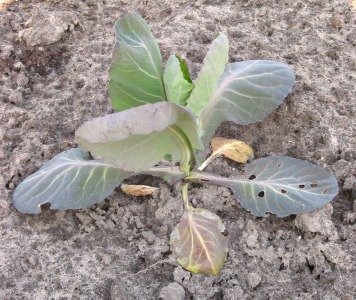
Fixing unhealthy soil isn’t about quick solutions—it’s about building a living, thriving foundation. Here are some long-term strategies:
- Compost Regularly – Enrich soil with kitchen scraps, yard waste, and organic matter.
- Use Mulch – Keeps soil cool, moist, and nutrient-rich.
- Plant Cover Crops – Protects soil from erosion and adds nutrients back in.
- Practice No-Till Gardening – Reduces compaction and preserves soil ecosystems.
- Reduce Chemicals – Minimize pesticides and herbicides to encourage beneficial life.
- Rotate Crops – Prevents nutrient depletion and reduces disease.
Final Thoughts
Your soil is a living system—and when it’s healthy, everything in your garden thrives. Recognizing the early warning signs of unhealthy soil gives you the power to act before plants suffer. From stunted growth and poor drainage to lifeless texture and weak pest resistance, the clues are clear if you know where to look.
By restoring organic matter, protecting soil structure, and encouraging beneficial organisms, you can turn tired soil into a rich, fertile foundation. Healthy soil doesn’t just grow strong plants—it creates a sustainable, resilient garden for years to come.
So the next time your garden struggles, don’t just blame the weather or pests—take a closer look at the soil. It might just be telling you exactly what it needs.
